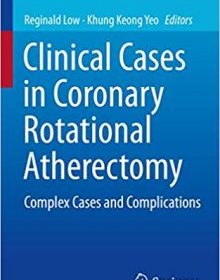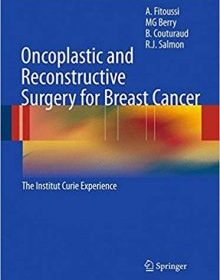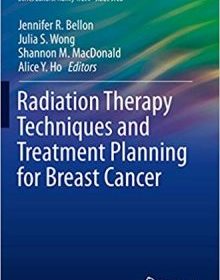Lasers, Lights and Other Technologies

Lasers, Lights and Other Technologies
The series “Clinical Approach and Procedures in Cosmetic Dermatology” intends to be a practical guide in Cosmetic Dermatology. Procedures in cosmetic dermatology are very popular and useful in medicine, indicated to complement topical and oral treatments not only for photodamaged skin but also for other dermatosis such as acne, rosacea, scars, etc. Also, full-face treatments using peelings, lasers, fillers and toxins are increasingly being used, successfully substituting or postponing the need for plastic surgeries. Altogether, these techniques not only provide immediate results but also help patients to sustain long-term benefits, both preventing/treating dermatological diseases and maintaining a healthy and youthful skin. Throughout this series, different treatments in Cosmetic Dermatology will be discussed in detail covering the use of many pharmacological groups of cosmeceuticals, the new advances in nutraceuticals and emerging technologies and procedures. This volume addresses the most important physical approaches in cosmetic dermatology, disclosing their uses and advantages. Here are discussed in detail the applicability of lasers and other lights, photodynamic therapy, radiofrequency, ultrasound and transepidermal drug delivery.

















